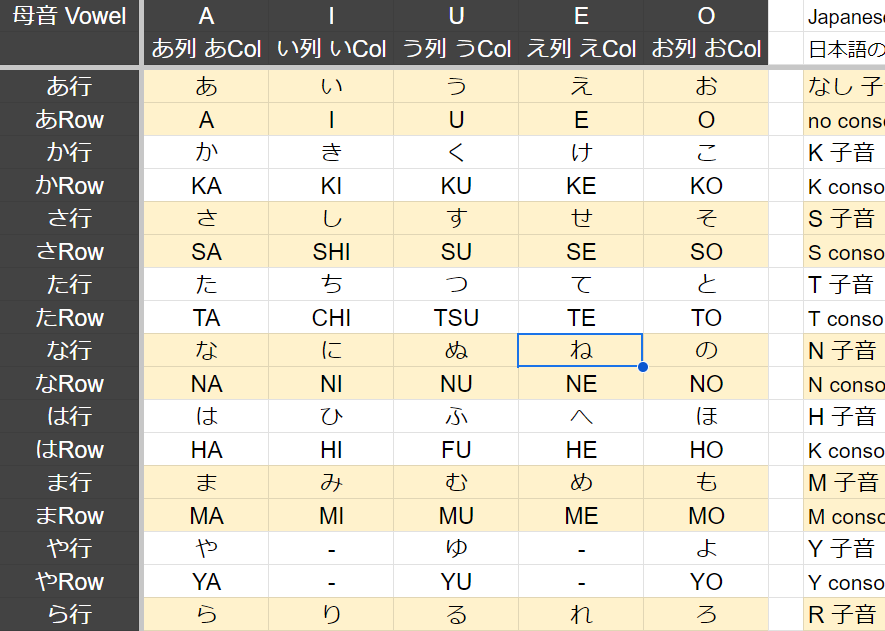Data ひらがな Hiragana Japanese Alphabet

Data ひらがな Hiragana Japanese Alphabet
教材 Material:
ひらがな Hiragana Level 1 Data
解説 Commentary:
平仮名 (Hiragana: ひらがな Romaji: Hi-ra ga-na) is like English Alphabet.First five letters in ひらがな(Hiragana) are あいうえお(Aiueo). あいうえお(Aiueo) is like English ABC. First graders start learning Japanese with ひらがな(Hiragana) in primary school.
Each ひらがな(Hiragana) has a sound.For example, あ sounds A, and お sounds O. The Japanese word あお sounds "ao" and means "blue."
ひらがな(Hiragana) is phonogram same as Alphabet. Each letter shows its sound.
In the modern Japanese curriculum, students learn ひらがな(Hiragana), カタカナ(Katakana), and 漢字(Kanji), in this order. Therefore, students learning Japanese as a second language will also benefit from learning in this order.
This page shows the basic words to start learning Japanese and East Asian languages.
探求資料 Further study:
Japan Ministry of Education (文部科学省). 学習指導要領 生きる力. 2017.
Republic of Korea Ministry of Education (대한민국 교육부).
People's Republic of China Ministry of Education (中华人民共和国教育部). Tōngyòng Guīfàn Hànzì Biǎo (通用规范汉字表). 2013.
U.S. Department of Education (アメリカ合衆国教育省).



Post my Q and A